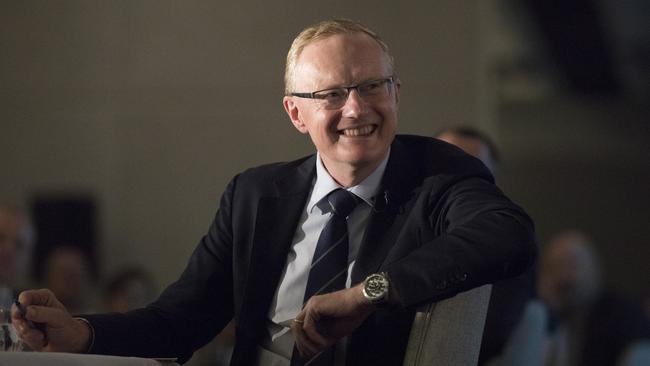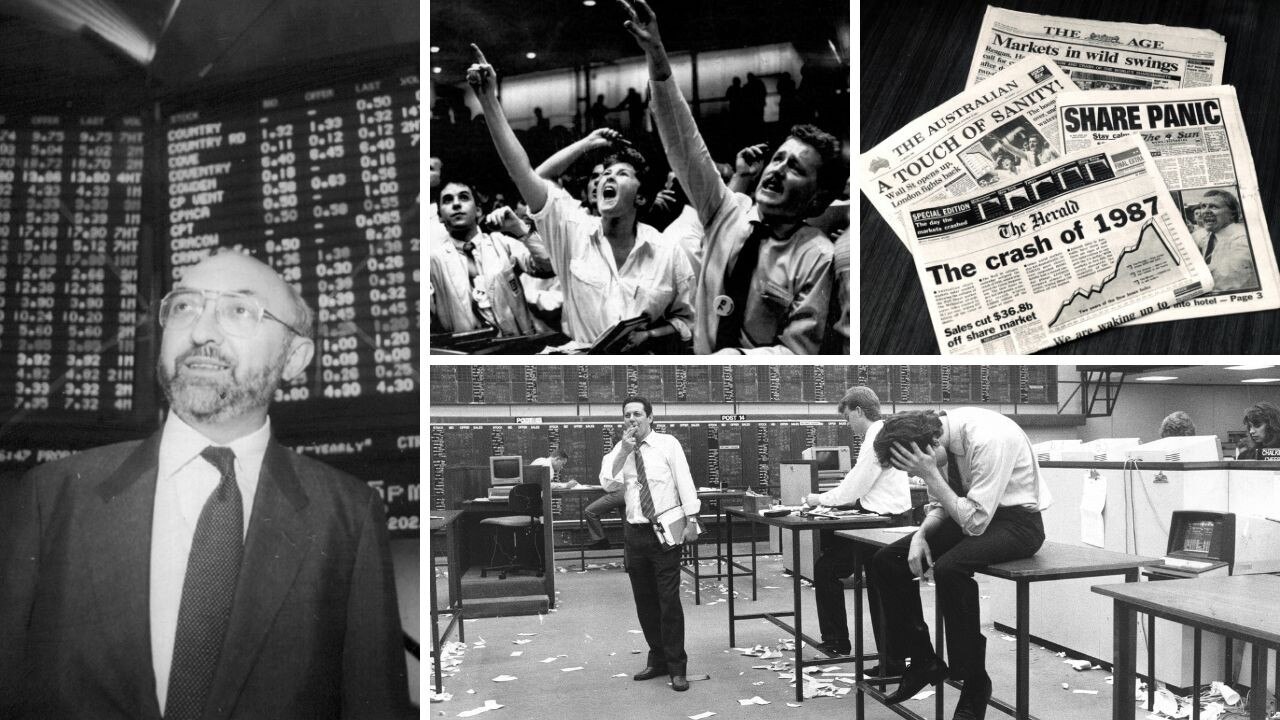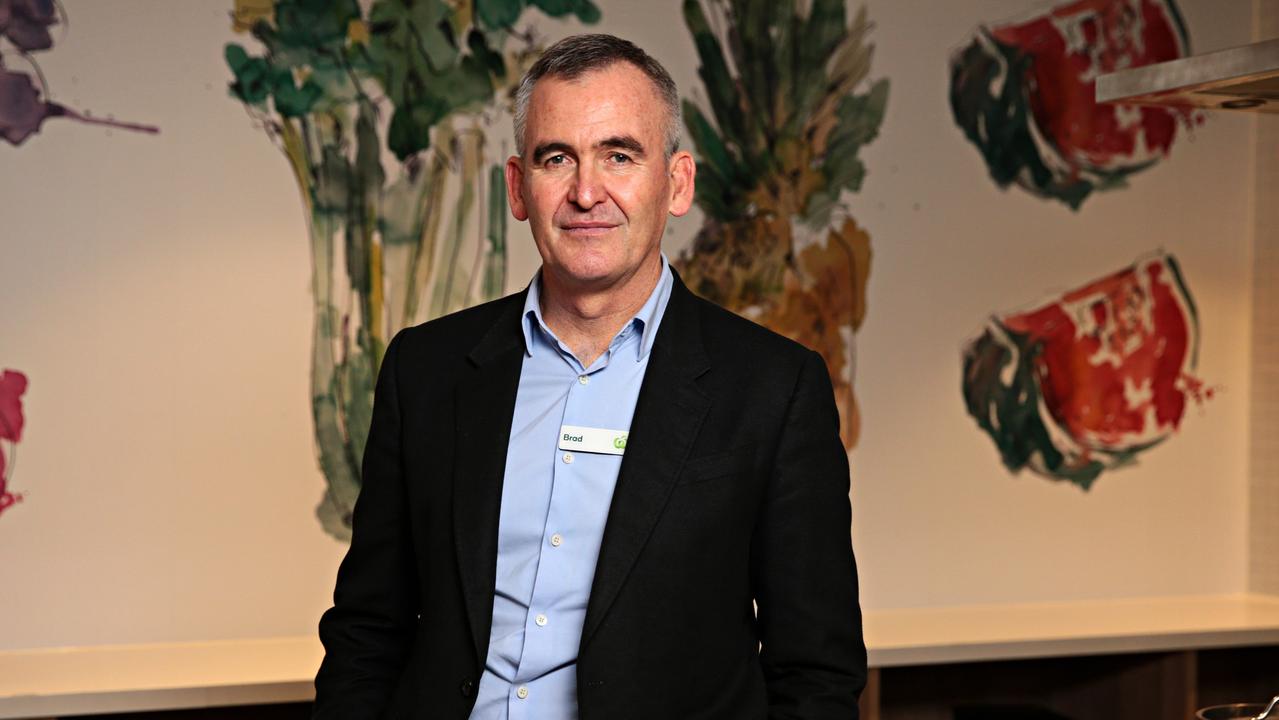Place your bets: Cup day next stop for rates
If September quarter inflation prints at 1.5 per cent or higher, a rate hike would very definitely be on the table on Melbourne Cup day in November.

Terry McCrann
Don't miss out on the headlines from Terry McCrann. Followed categories will be added to My News.
OK. No rate rise, as predicted. So, what next?
It is entirely possible that we have seen the last rate rise – crucially, it is important to add, in this cycle.
Tuesday’s decision should at least have buried – the entirely and always fatuous – suggestion that departing governor Philip Lowe would have delivered a rate hike, so that incoming governor Michele Bullock could get plaudits for not hiking.
No, Lowe – and Bullock as his deputy and the board – would do at this meeting what they have done at every previous meeting.
That is, simply and unambiguously, make a decision on the merits, as they saw it. And not play games.
As I explained last week, when inflation for the June quarter came in at not just 0.8 per cent – barely above the top of the 2-3 per cent target range, on an annualised basis – but also statistically significantly below the 1.1 per cent the RBA had expected in May, there was no way there’d be a hike.
Now, on exactly the same basis, it is what happens with inflation in the September quarter that determines whether we get another rate hike.
Let me play what that means out for you – and for any economist out there still clinging to the ‘Lowe will have a parting hike’ belief.
We will find out what September quarter inflation was at the end of October, ahead of the November meeting on Cup Day. What will also be Bullock’s second meeting as governor.
Yes, we will also have had the partial monthly inflation numbers, for July and August, along the way.
But they won’t drive a rate hike at either of the September (Lowe’s last) or October (Bullock’s first) meeting; for two reasons.
They are unlikely to be unpleasantly and surprisingly high, because they don’t pick up the services inflation, which – along with energy – have become the main and sticky inflation problem.
So, simply, pauses again in September and October; and then the Cup Day decision will all turn on what the September quarter inflation numbers have shown.
I am speaking now very broadly, and a lot of water will have flown under the bridge over the next three months.
But if the (inevitably higher) September quarter number comes in around 1.2 to 1.3 per cent (and obviously, also if it is lower), new governor Bullock (and her board) would not hike in November.
That would also mean, incidentally, a very encouraging annualised inflation rate of around 4 per cent for the six months to September.
If September quarter inflation prints at 1.5 per cent or higher, a rate hike would very definitely be on the table on Cup Day.
If we actually got one, would turn on all the other things happening in the economy, and most especially to wages and the jobs and jobless numbers.
As I’ve also explained, Lowe and equally or even more Bullock, really want to keep the jobless rate as low as possible, while getting inflation down. They desperately don’t want to ‘over-hike’.
As of the first day of the last month of this winter of a lot of discontent, they stand an 80 percent-plus chance of succeeding.
Originally published as Place your bets: Cup day next stop for rates



